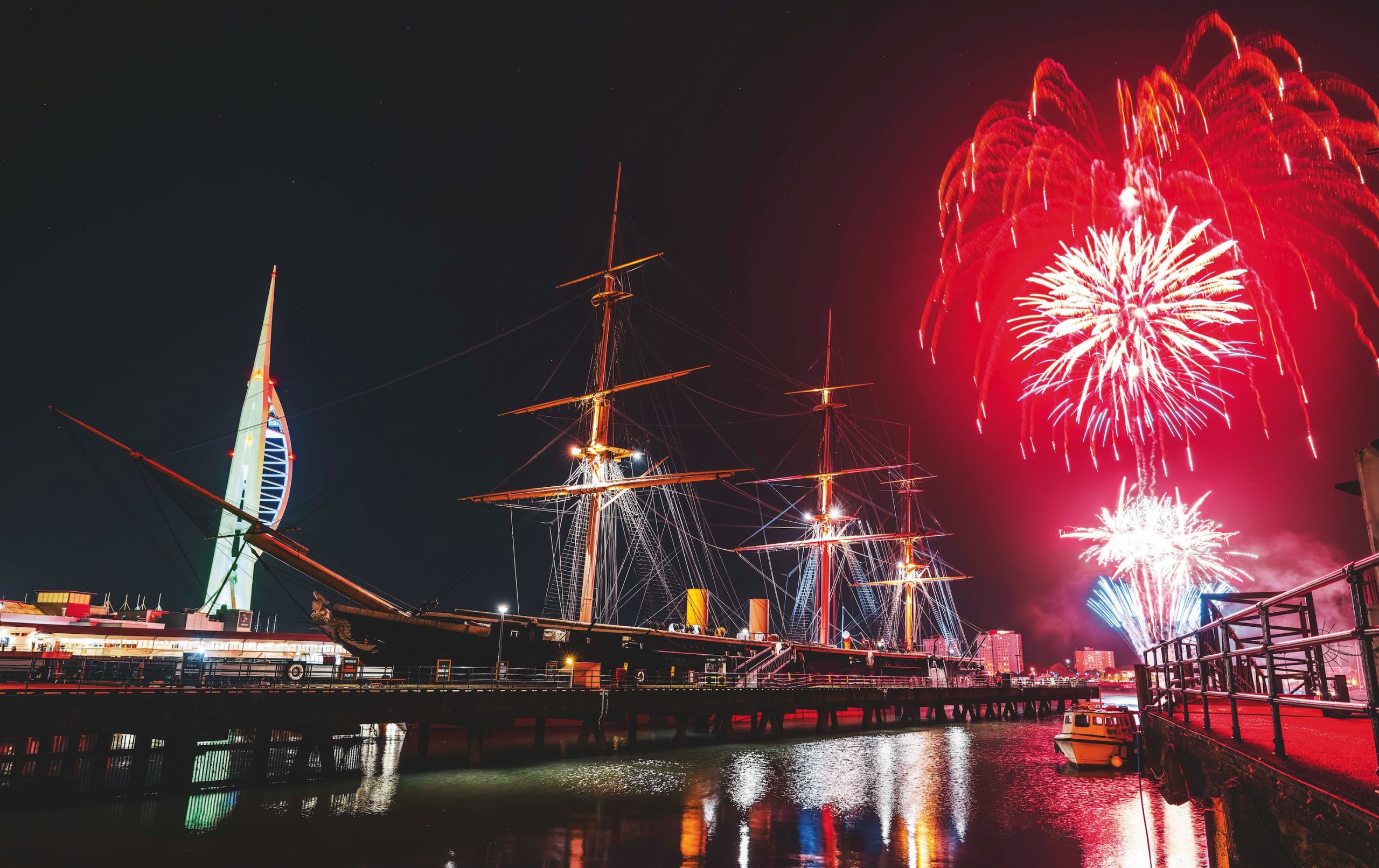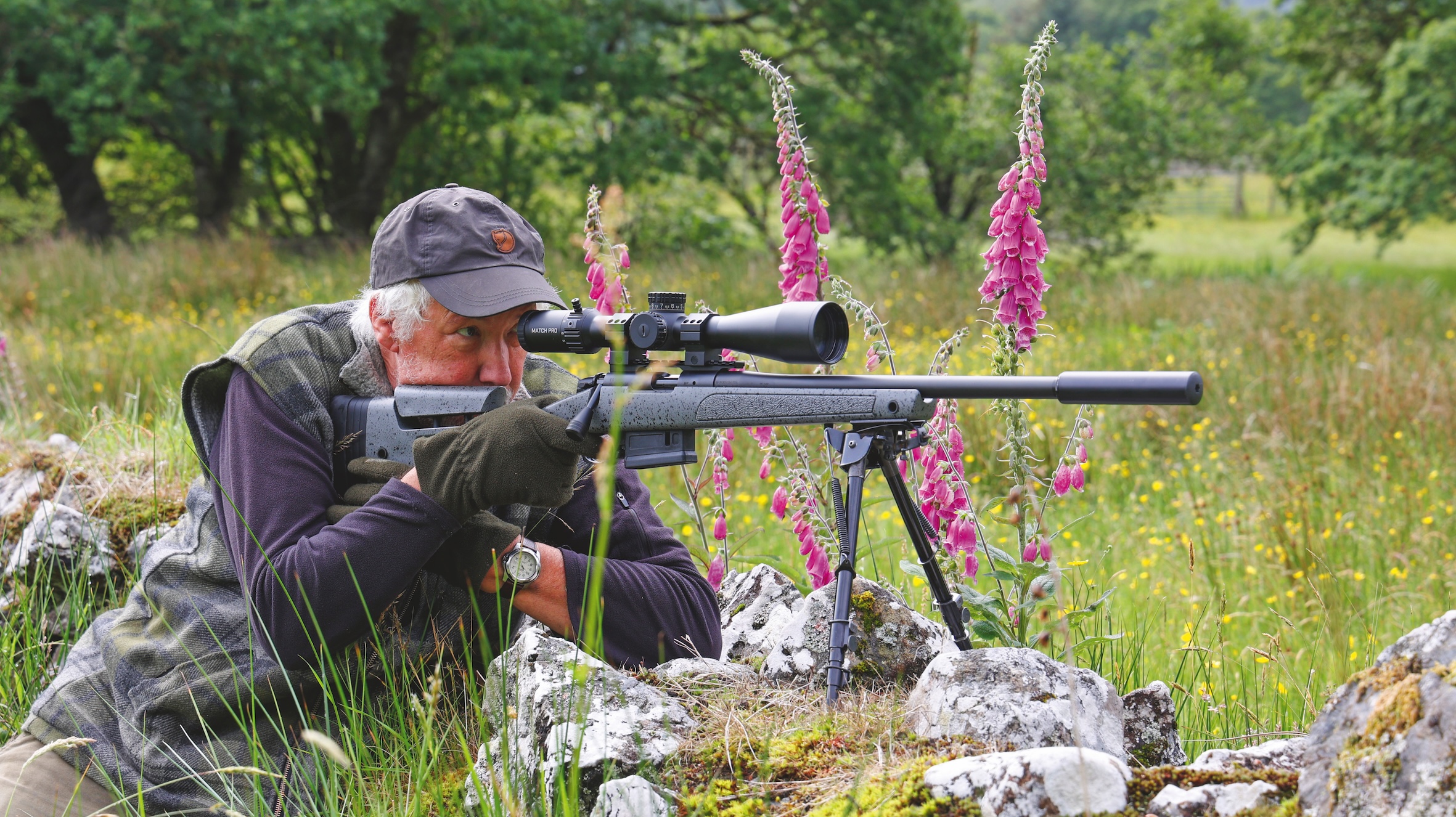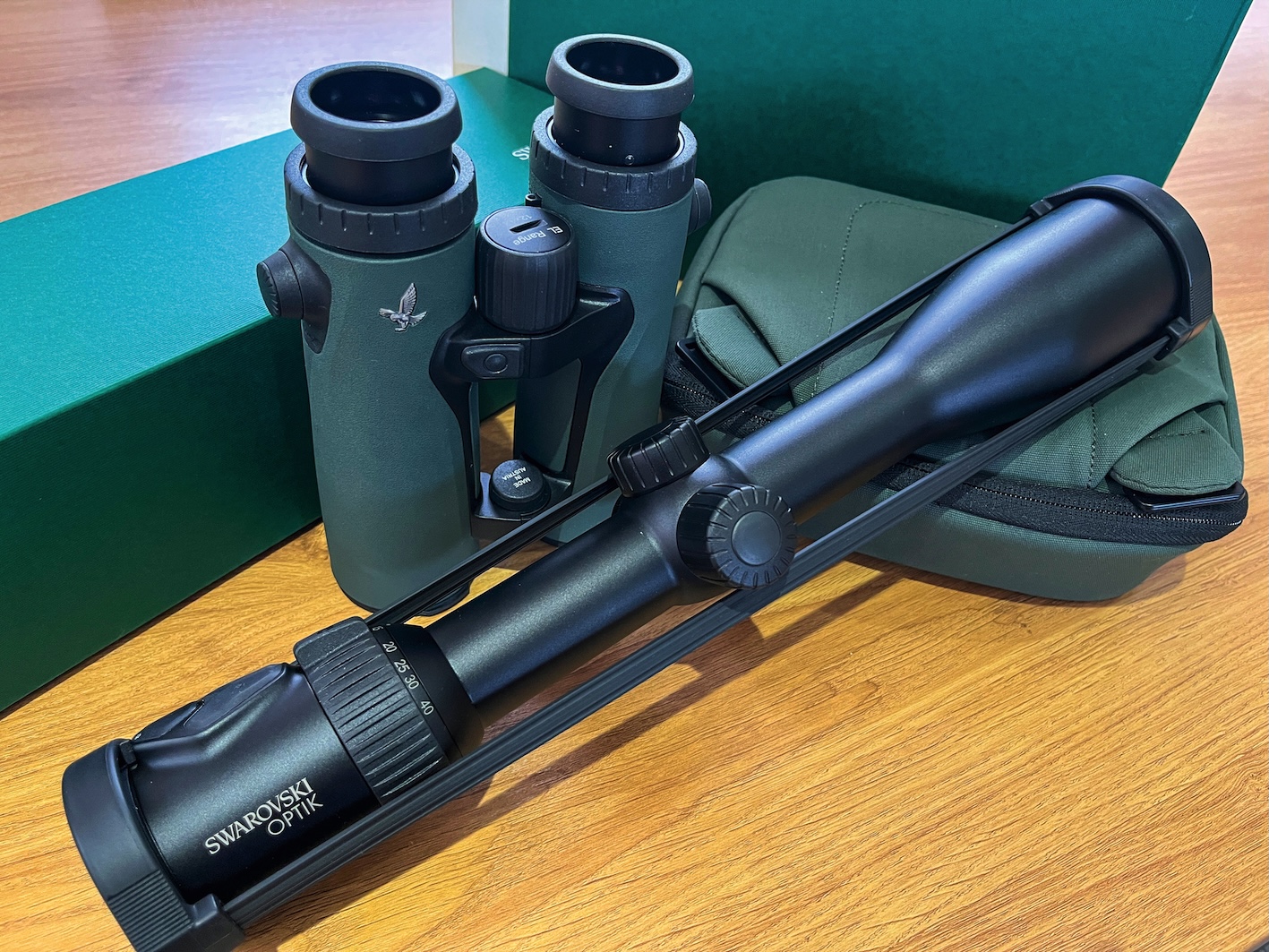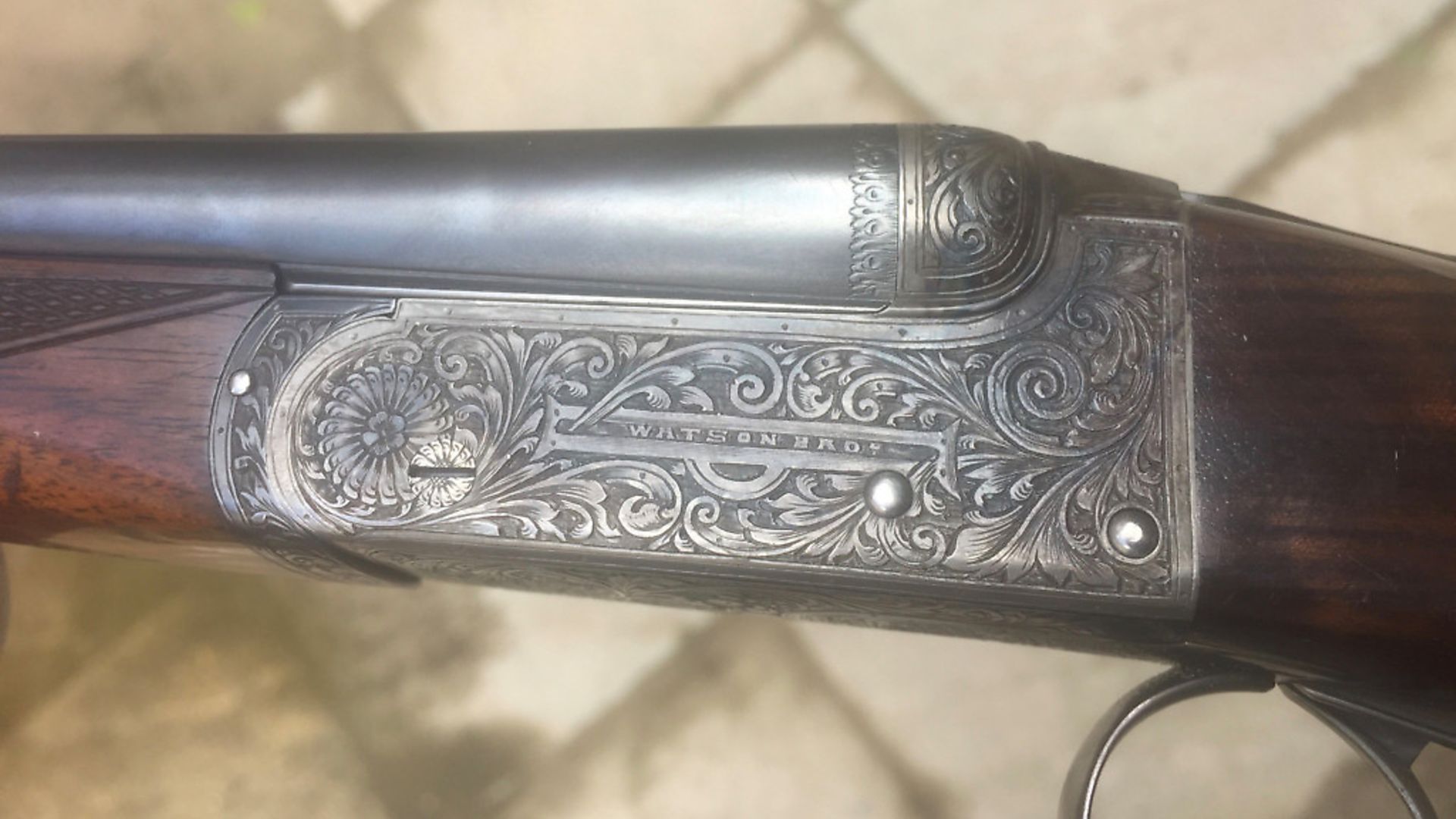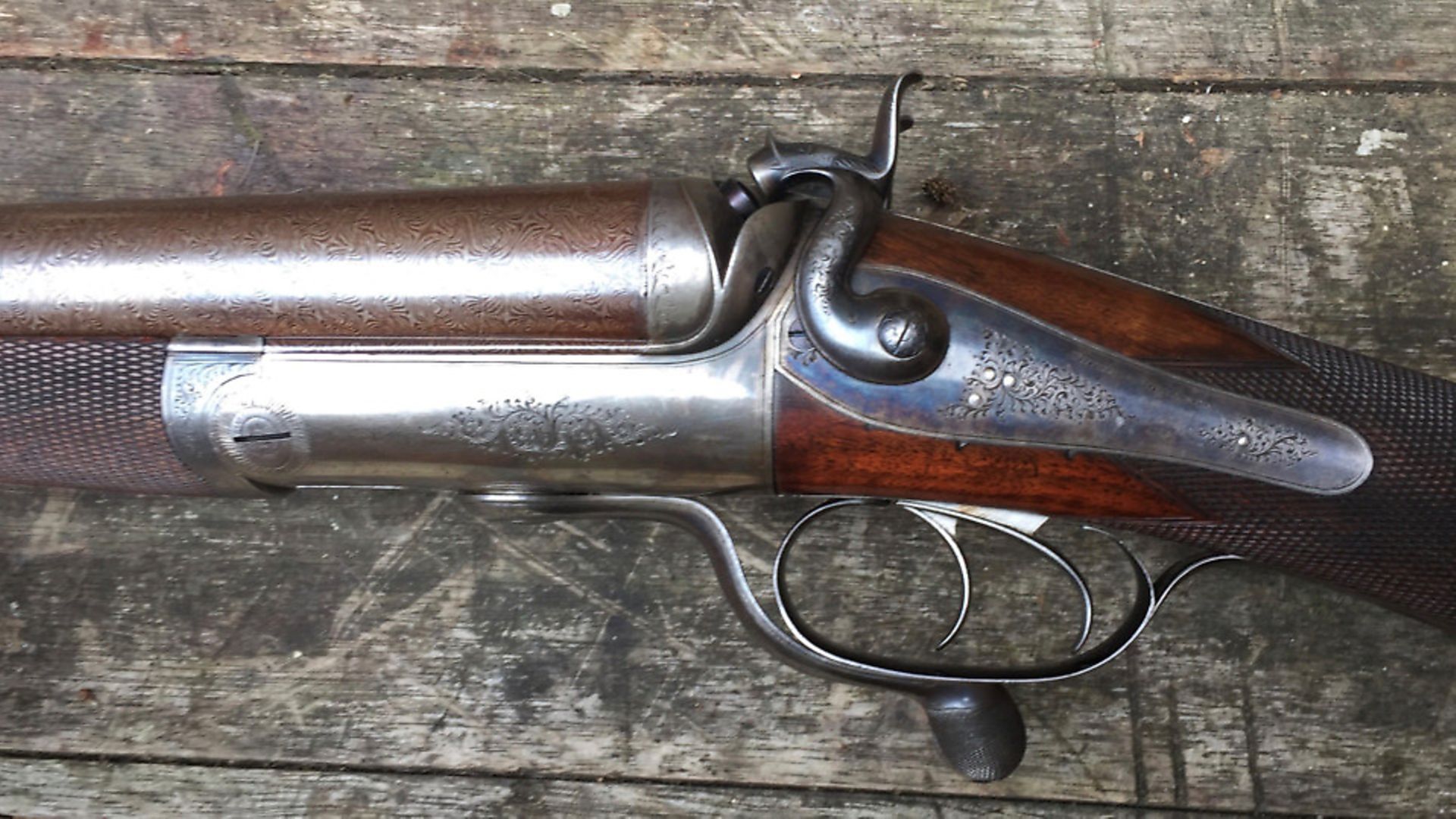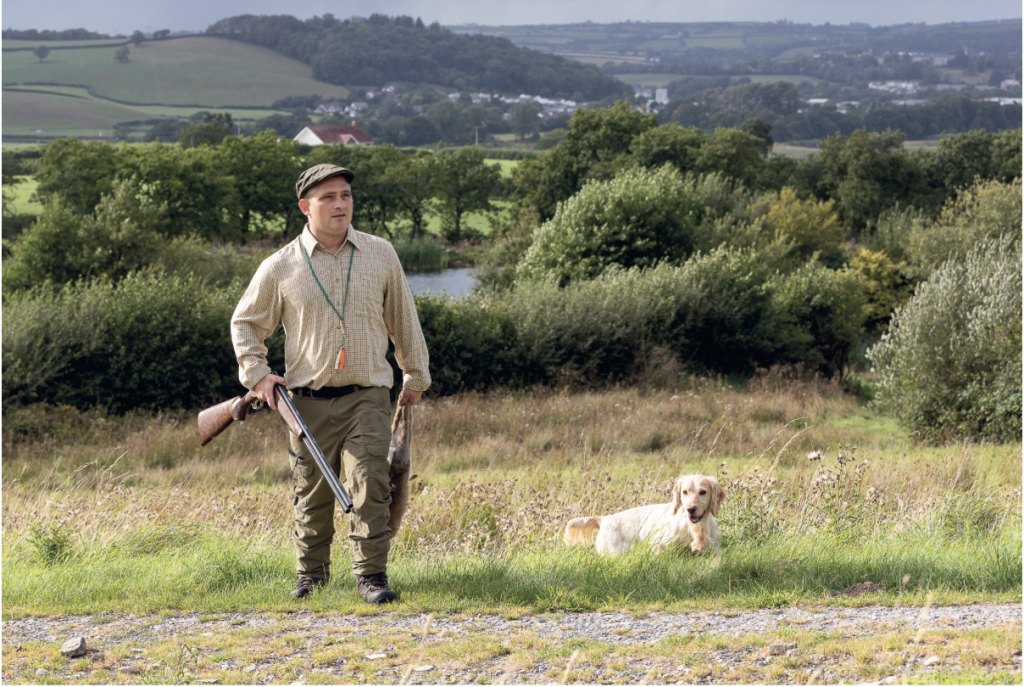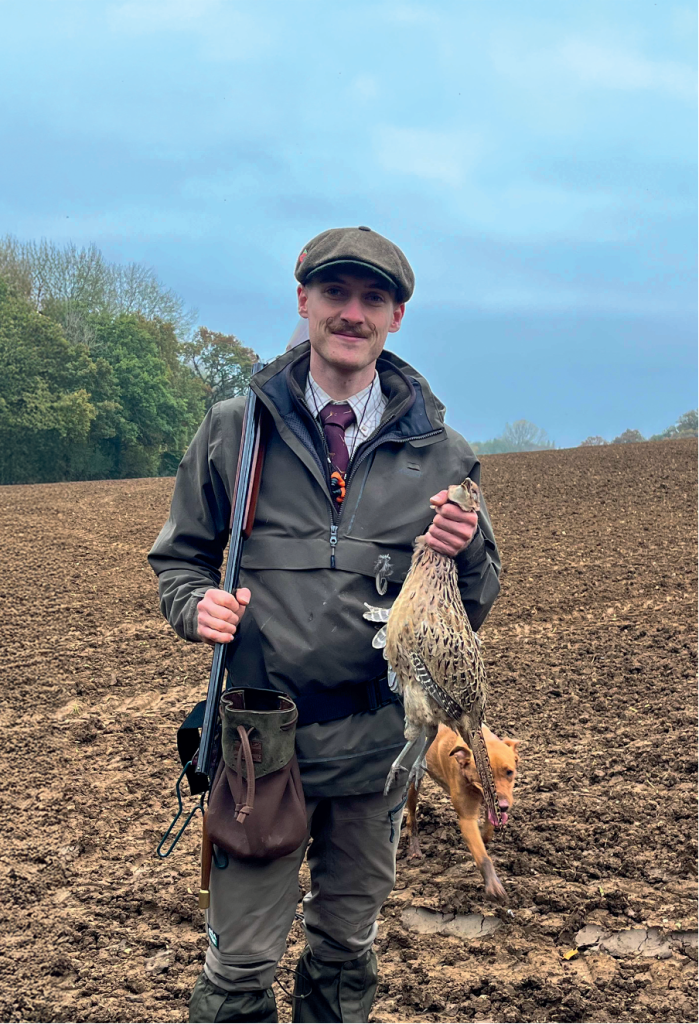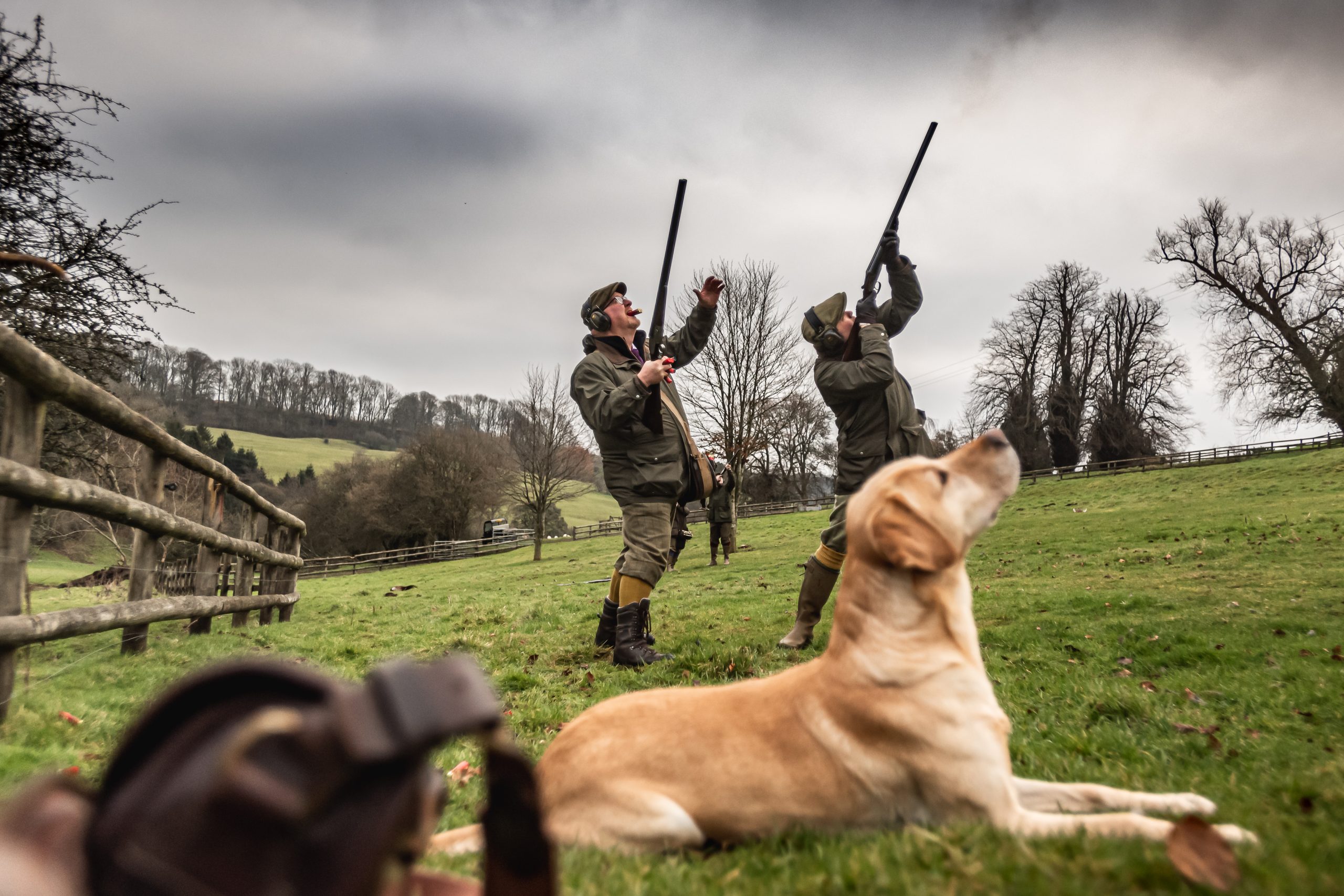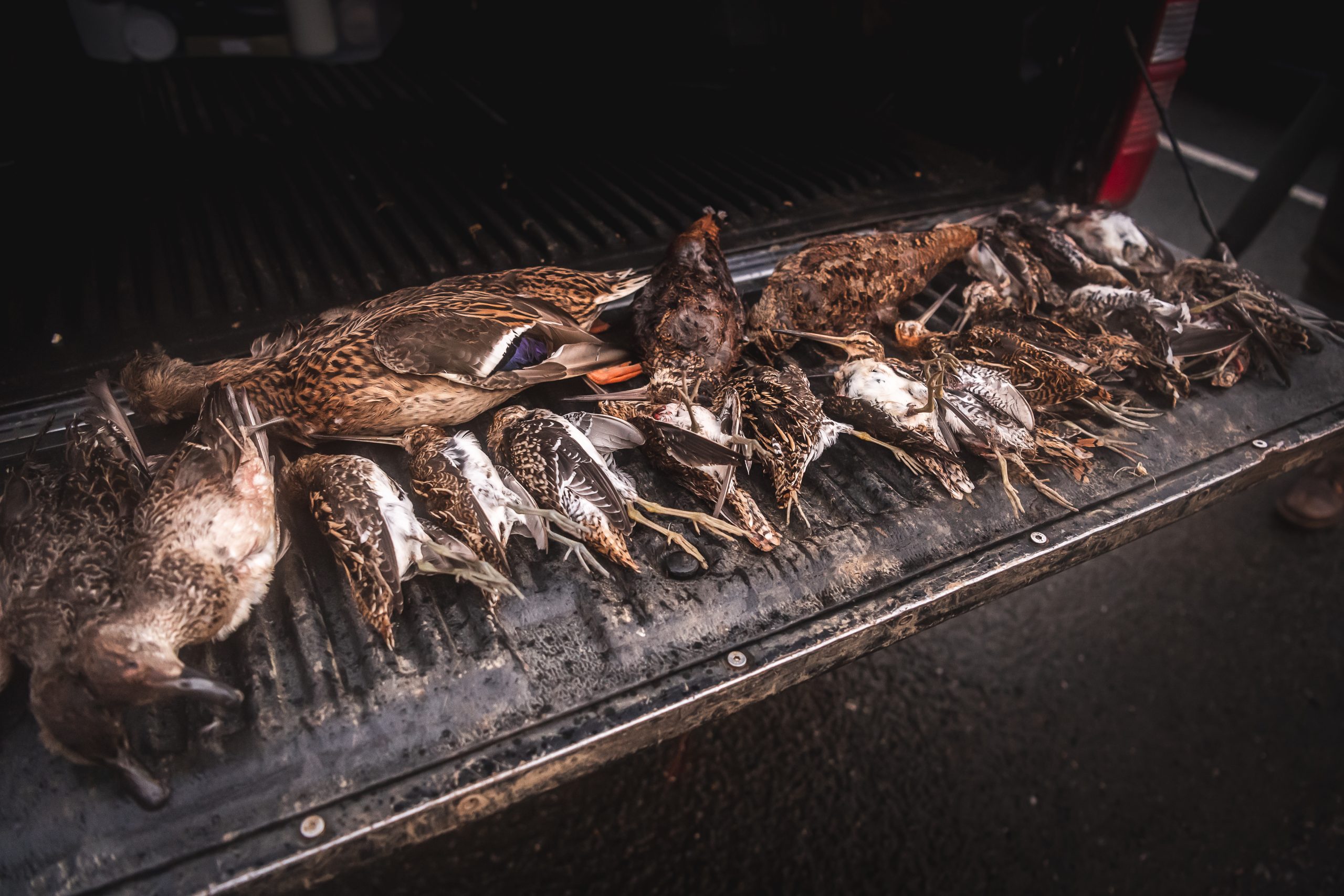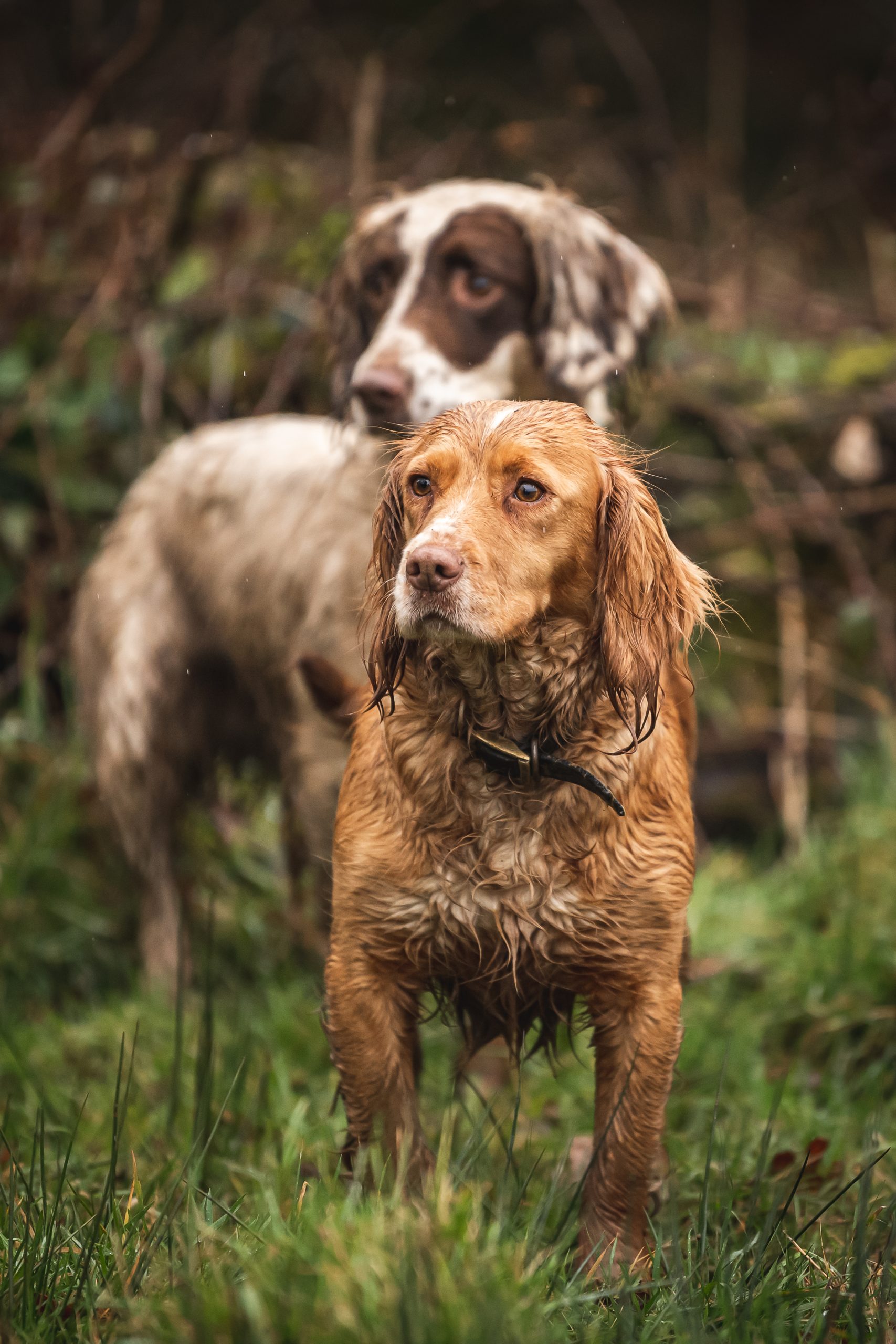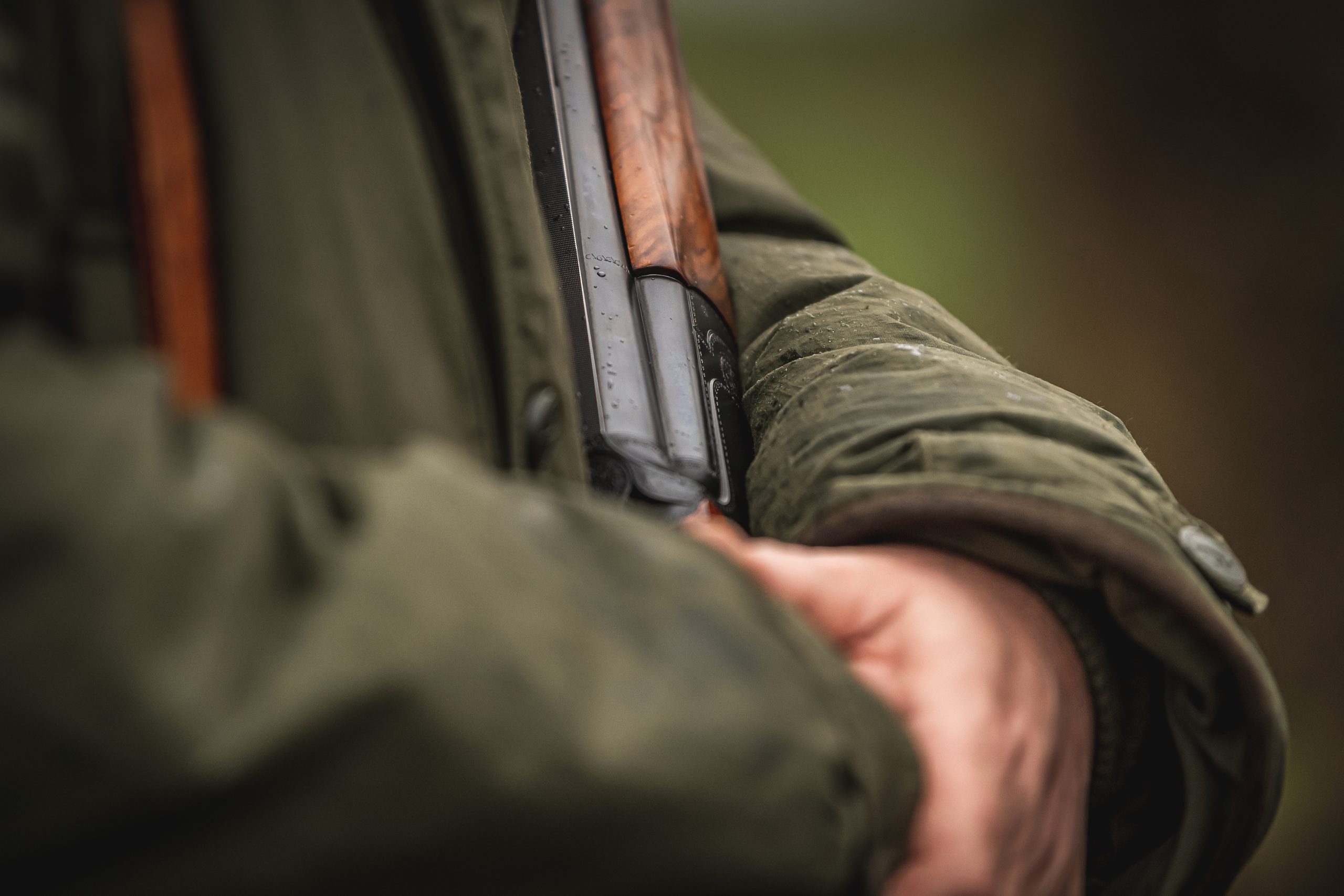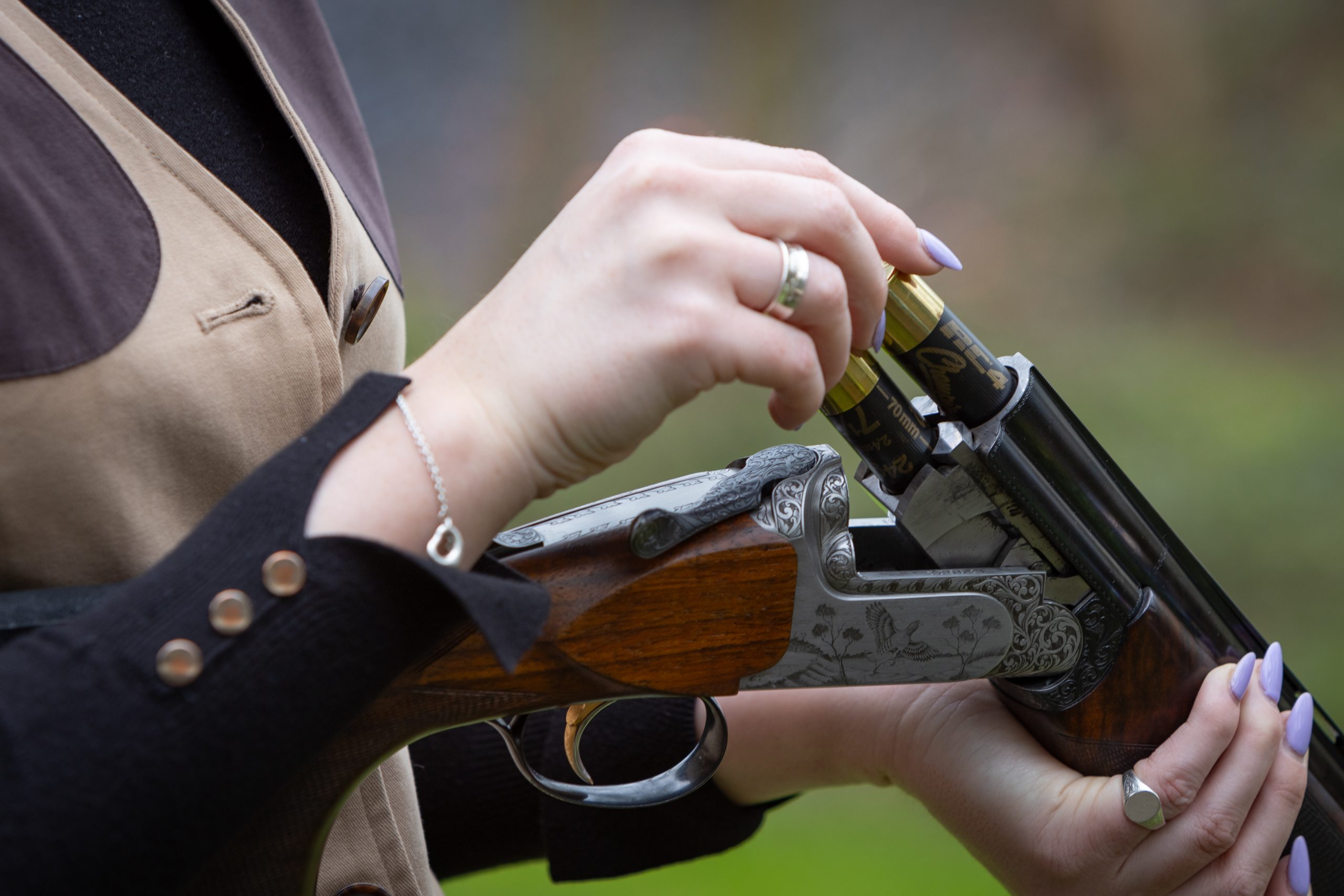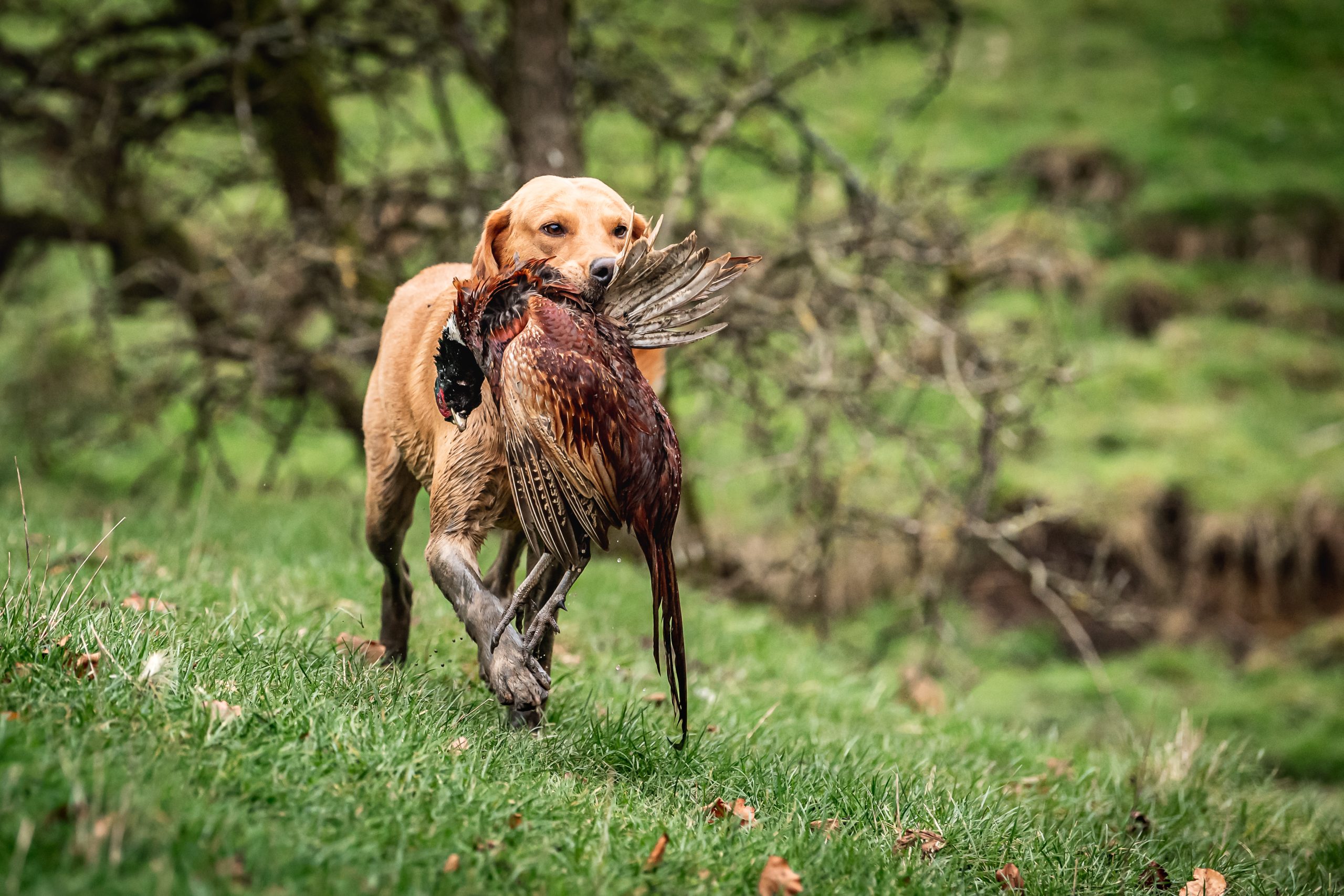Shooting
Bore size and barrel length in the vintage rifle market
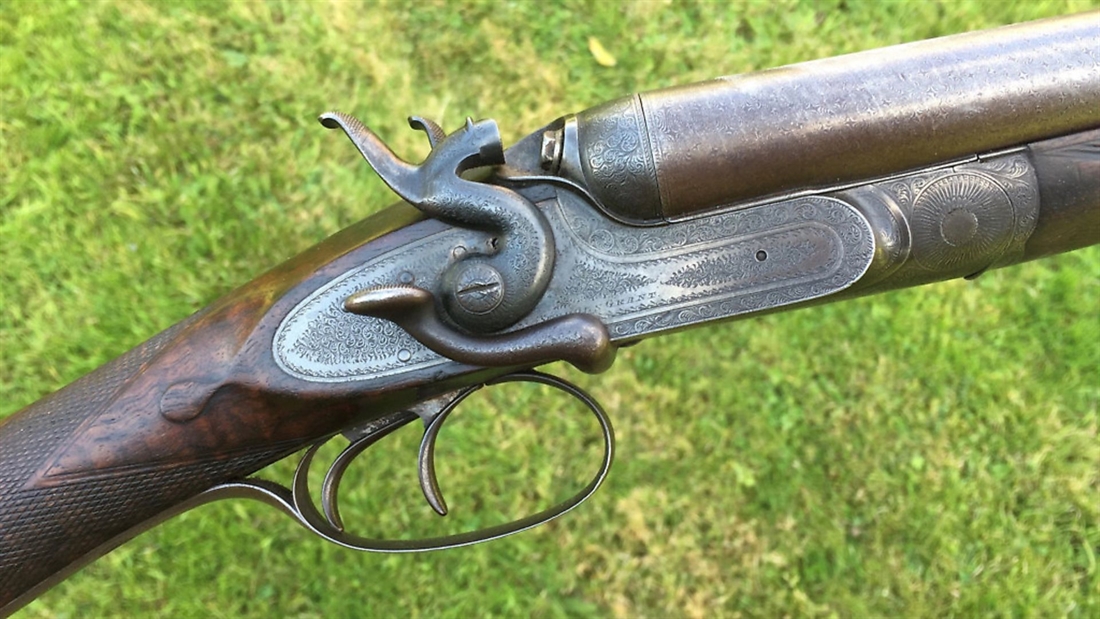
With one eye to the past, and one to the future, Diggory muses the big bore bubble and the wider implications of bore size and barrel length in the current vintage rifle market
I remember the morning, sometime in 2009, when the email from Germany offering me a Greener double eight-bore boxlock arrived. A friend had found it locally and wanted to know if I had a market for it. He could pick it up for £3,500 and said he’d get it for me if I wanted it.
A week later, it arrived and I unpacked it and stripped the gun, taking off the worst of the accumulated dirt and grease but not messing with the original finish where at all possible. It was a good one, originally sold from Greener’s Paris outlet and unmolested during the last century of its life. A ‘sleeper’ as we say. I knew exactly where it would go.
A quick phone call, a few posted images by email, an agreed sum of £9,000 and, two days later, the gun was delivered, the cheque banked and everyone was happy. Those were the days when anything good and big made strong money. The market was inflated and double four- and eight-bores were flying off the shelves.
Many in the trade have observed that the bubble burst shortly afterwards. However, another Greener Facile Princeps double eight-bore sold at Holt’s in 2014 for £10,000, plus commission, and a Tolley boxlock double eight-bore sold in 2011 for £8,000. The market has not nosedived, but a lot of the more ordinary big guns are not trading for what they once did. I do think, though, that some of the pessimism in the trade about prices is anecdotal and not entirely accurate.
Single eight-bores can be had for one or two grand. I was offered a Purdey double eight-bore hammer gun recently for well under £10,000 and a Holland & Holland single four-bore for around half that. Today, the big bores still sell but they have to be very original and clean to make good money.
Big bores were always a special niche but what of small bores? They remain desirable. The market was stimulated during the1990s by American buyers in the main. They often ‘bird hunt’, as they call it, in conditions that the average British sportsman may find less than challenging. Plantation quail and release-on-the-day pheasants present slow-witted birds at closer ranges than we normally encounter them. Many American enthusiasts began seeing small-bores as a means of making the sport they had available more, well… sporting.
Of course, there is also the aesthetic side of gun ownership and it cannot be denied that small-bore guns often look very pleasing indeed. From a collector’s point of view, we also have the fact that everyone has a 12-bore, so if you want exclusivity, seeking a smaller bore gun of your preferred type or by your favourite maker, keeps the hunt interesting.
Collectors, you understand, gain as much pleasure from seeking and finding as they do from owning. Dealers will attest to this, as there are numerous time-wasters who will engage you in lengthy conversations and email correspondence in helping them seek their ‘Holy Grail’, only to baulk at the actual purchase, on some flimsy pretext, when you actually find what they are looking for!
Such annoyances notwithstanding, when you uncover a top-brand, high-quality, nice-condition example of a 20-bore, or better, a 28-bore, you can be confident that a buyer will be found and a decent price achieved.
In these days when long barrels are the fashion, as they have been for about 20 years, if you can find a small-bore hammer gun with 30” or longer barrels, you should do well. Interestingly, the experiment with long-barrelled small-bores was one the Victorian ‘Big Shots’ engaged in over a century ago.
I have handled hammer guns made for Lord Walsingham, Harry Stonor and Lord Ripon: 16-bores and 20-bores with Damascus barrels of 32” or even 33” in length. I have owned a couple of long-barrelled (31” and 32”) 20-bore hammer guns by William Cashmore and, much to my disappointment, lovely as they were, I shot badly with them.
I suspect my noble forebears fared similarly, as more than one of the long-barrelled Purdeys ordered by them had subsequently been cut down to a more normal 30” or 28” length. I sold mine, but since the new owner seems to do pretty well with it, maybe it’s just me!
This serves to remind us of the faddish nature of shooters and the fact that very little has not been tried before. It also brings me back to a subject about which I have written recently but which continues to irk me. You just can’t sell short-barrelled guns in the UK anymore.
I went pheasant shooting recently with an American friend. I had bought and restored a beautiful 12-bore Churchill ‘Hercules’ XXV for him, which now looked like new. He decided to shoot it before he took it home. On the last drive, he very generously relieved me of my cigar smoking and free advice dispensing duties and allowed me to shoot the Churchill. I had not used one in anger for many years, in fact, probably not since I reviewed a ‘Premiere XXV’ in these pages a decade ago.
It was a revelation. The natural manner in which the swept comb comes to the face and the Churchill-style shooting system that is best employed with these guns does make for easy work! I didn’t connect with every shot but I did kill every bird that I engaged, for a total of eight on the drive, both partridges and pheasants, which included crossers (we were on the end of the line) and overhead birds.
I recently had a pair of beautiful Charles Hells sidelocks with 26” barrels and of absolutely first-class construction. I could not get £6,000 for the pair and they eventually went into Holt’s with a reserve of just £3,000! With 28” or 30” barrels they would have been easy sells at £4,500 each.
If you are a shopper out there holding cash and looking for the most gun for your money, go and find the best English 12-bore side-lock with barrels under 28” you can find. You will be surprised how well you can shoot with them and amazed at how inexpensively they can be had.
Related articles
Rough shooting
Walked-up rabbits
Nick Ridley enjoys a therapeutic couple of hours rabbit shooting in Wales and is reminded of the importance of fieldcraft
By Time Well Spent
Driven
Vegan to hunter
Emily Damment tells the extraordinary story of one man’s transformation from full veganism to harvesting his own wild meat, with plenty of lessons to learn along the way.
By Time Well Spent
Manage Consent
To provide the best experiences, we use technologies like cookies to store and/or access device information. Consenting to these technologies will allow us to process data such as browsing behavior or unique IDs on this site. Not consenting or withdrawing consent, may adversely affect certain features and functions.
Functional Always active
The technical storage or access is strictly necessary for the legitimate purpose of enabling the use of a specific service explicitly requested by the subscriber or user, or for the sole purpose of carrying out the transmission of a communication over an electronic communications network.
Preferences
The technical storage or access is necessary for the legitimate purpose of storing preferences that are not requested by the subscriber or user.
Statistics
The technical storage or access that is used exclusively for statistical purposes.
The technical storage or access that is used exclusively for anonymous statistical purposes. Without a subpoena, voluntary compliance on the part of your Internet Service Provider, or additional records from a third party, information stored or retrieved for this purpose alone cannot usually be used to identify you.
Marketing
The technical storage or access is required to create user profiles to send advertising, or to track the user on a website or across several websites for similar marketing purposes.

